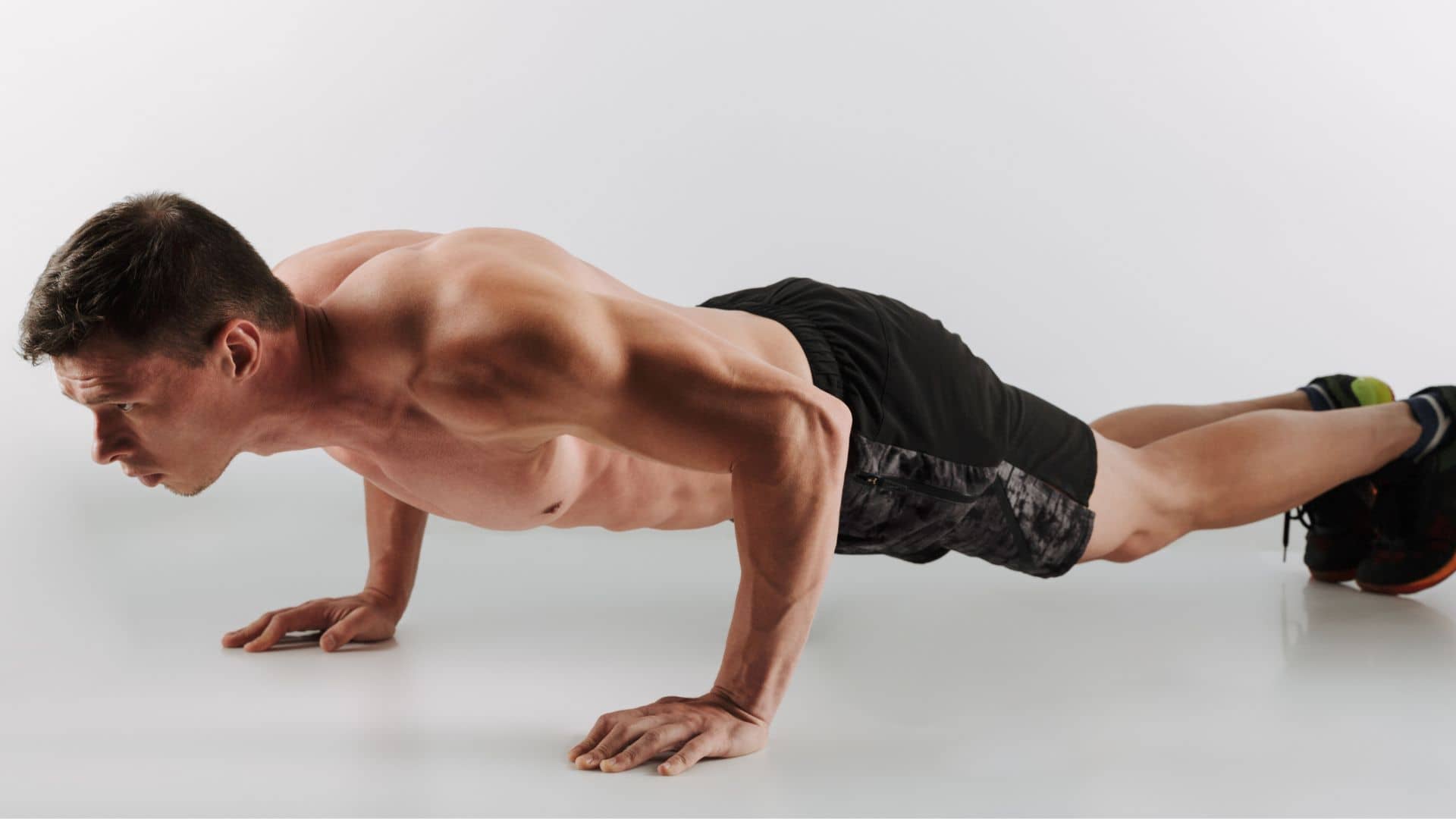Discover the reasons behind feeling clumsy while doing push-ups. This article explores various factors that contribute to this sensation and offers insights into how to improve your push-up performance. Get ready to unravel the mysteries behind push-ups and enhance your workout routine.
Feeling clumsy during push-ups could be due to several factors. Lack of core strength, improper form, and poor muscle coordination may contribute to the sensation. Weak stabilizing muscles and inadequate body awareness might make it challenging to maintain balance and control while performing the exercise. Regular practice, focusing on form, and gradually building strength can help improve coordination and reduce the feeling of clumsiness during push-ups.
Lack of core strength, improper form, and poor muscle.
Feeling clumsy during push-ups can be attributed to various factors. Firstly, a lack of core strength can lead to instability and difficulty maintaining proper body alignment during the exercise.
Secondly, using incorrect form, such as arching the back or allowing the hips to sag, can disrupt the kinetic chain and compromise coordination.
Lastly, poor muscle coordination, especially in the upper body and core, can result in a lack of control and a clumsy feeling.
Building core strength, focusing on proper form, and practicing coordination exercises can help alleviate this sensation.
The feeling of clumsiness during push-ups may occur when individuals with these underlying factors attempt the exercise.
Weak stabilizing and inadequate body awareness.
Weak stabilizing muscles and inadequate body awareness can make it challenging to maintain balance and control during push-ups.
Stabilizing muscles, such as the muscles in the shoulders, core, and hips, play a crucial role in maintaining proper alignment and stability during the exercise. If these muscles are weak, they may struggle to provide adequate support, leading to a loss of balance and coordination.
Additionally, inadequate body awareness refers to a lack of understanding and control over one’s body positioning and movements.
This can result in difficulty in maintaining the correct form and balance during push-ups. Individuals who have weak stabilizing muscles or limited body awareness may experience these challenges when performing push-ups.
To address these issues, it is important to focus on exercises that specifically target and strengthen the stabilizing muscles, as well as practice body awareness exercises to improve control and coordination.

Why is regular practice and form crucial?
Regular practice, focusing on form, and gradually building strength are crucial to improving coordination and reducing the feeling of clumsiness during push-ups.
Regular practice:
Consistently performing push-ups allows your body to adapt and become more familiar with the movement.
Over time, your muscles and nervous system develop better coordination and efficiency in executing the exercise.
By practicing regularly, you reinforce the neural pathways involved in push-up performance, leading to improved coordination.
Focusing on form:
Proper form is essential for maximizing the effectiveness of push-ups and minimizing the risk of injury. When you pay attention to your form, you engage the correct muscles, maintain proper alignment, and distribute the load evenly.
This promotes better muscle activation and coordination, reducing the feeling of clumsiness. Examples of focusing on form include keeping a straight line from head to heels, engaging the core, and maintaining controlled movement throughout the exercise.
Gradually building strength:
Push-ups require a combination of upper body, core, and lower body strength. Gradually increasing the intensity and difficulty of your push-up training helps to build the necessary strength in the relevant muscle groups.
As your muscles become stronger, they can generate more force and maintain stability during the exercise, leading to improved coordination.
Examples of gradually building strength include starting with modified push-up variations (e.g., knee push-ups) and progressing to standard push-ups, as well as incorporating progressive overload principles such as adding repetitions or performing more challenging variations (e.g., decline push-ups or one-arm push-ups) over time.
By consistently practicing push-ups, focusing on proper form, and progressively building strength, you develop the coordination and muscle control needed to perform the exercise efficiently, ultimately reducing the feeling of clumsiness.
Here’s a tabular breakdown of the information :
| Explanation | Reasons Why | How | When | What to Consider | Examples |
|---|---|---|---|---|---|
| Feeling clumsy during push-ups | Lack of core strength, improper form, poor muscle coordination | Weak stabilizing muscles, inadequate body awareness | During push-up performance | Proper form, gradual progression, muscle engagement | Insufficient core strength, incorrect body alignment, lack of control |
Conclusion.
In conclusion, feeling clumsy during push-ups can be attributed to factors such as weak stabilizing muscles, inadequate body awareness, lack of core strength, and improper form.
However, by regularly practicing push-ups, focusing on maintaining proper form, and gradually building strength, individuals can improve their coordination and reduce the sensation of clumsiness.
Through dedication and consistent training, the body adapts, muscles become stronger, and neuromuscular coordination improves, leading to smoother and more controlled execution of push-ups.


